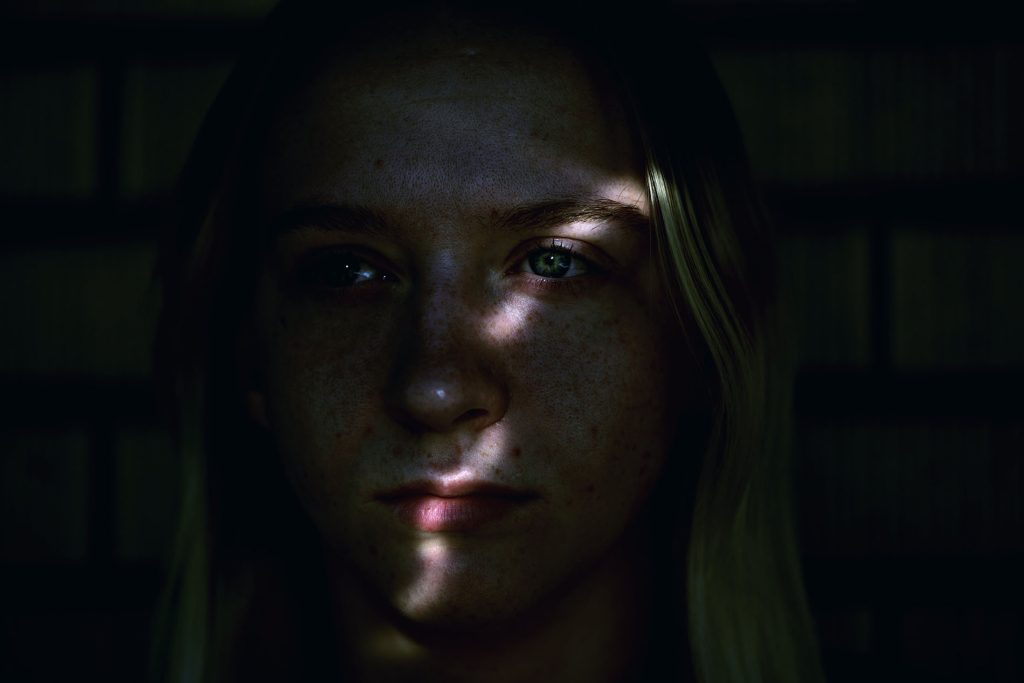As winter arrives, ushering in a hushed symphony of falling snow and crisp air, it brings with it not just a change in weather but a complex tapestry of emotions for many. The winter blues, often relegated to a mere passing sadness, is an intricate dance of nature, biology, and psychology. This exploration endeavors to peel back the layers of seasonal affective disorder SAD, revealing its profound impact, the temporal nuances that characterize its duration, and the shadows it casts on mental well-being.

The Meaning of Winter Blues
To truly grasp the essence of the winter blues, we must venture beyond the surface of fleeting melancholy. It is an emotional state woven into the fabric of our very being, a response to the subtle yet profound changes in our environment. The reduced exposure to sunlight during the winter months plays a pivotal role, affecting serotonin levels and disrupting our circadian rhythms. This intricate dance between external factors and our internal emotional landscapes creates a symphony of emotions that goes beyond a transient state, becoming a profound experience unique to the winter season.

The Winter Blues Period
The temporal canvas on which the seasonal blues paints its emotional landscape is expansive, spanning the onset of early winter until the tentative bloom of spring. This is not a momentary dip in spirits but a prolonged journey through the dimly lit corridors of seasonal transition. The psychological weight of extended darkness, coupled with the physical effects of colder temperatures, intertwines to create an enduring experience that colors the perception of the world. Recognizing the temporal arc of seasonal affective disorder is not just an acknowledgment of its existence but a crucial step toward developing effective coping strategies that honor the intricacies of its duration.

Breaking the Winter Blues
Breaking free from the so called winter blues demands a holistic approach that transcends the conventional narratives surrounding seasonal sadness. It involves a deep introspection, a journey into the self to understand and accept the nuances of this emotional state. The strategy is not to combat seasonal affective disorder as an adversary but to engage with it as an aspect of the human emotional spectrum. Meaningful connections with others, engagement in activities that nurture the soul, and an appreciation for the unique beauty hidden within the winter shadows form the foundation of this approach. It is an intricate process of self-discovery and self-compassion, embracing the emotional ebb and flow of the season.

Is Seasonal Anxiety a Thing?
Within the hushed corridors of winter emotions, a more elusive companion may emerge—seasonal anxiety. This phenomenon underscores the intricate connection between the external environment and the internal realm of emotions. As winter asserts its dominance, anxiety, too, may find fertile ground. The delicate dance between the changing seasons and the anxious mind invites a deeper exploration, highlighting the need for nuanced conversations surrounding mental well-being and seasonal transitions.
Seasonal anxiety extends beyond the general unease associated with winter blues; it embodies a heightened response to the seasonal shifts, manifesting as increased worry, tension, or unease. The very fabric of our emotional resilience becomes intricately woven with the changing landscape outside our windows. This intersection between environmental factors and mental health deepens our understanding of the intricate interplay between nature and the human psyche.

Treatment and Light Therapy
Addressing the SAD symptoms and seasonal anxiety often involves a multifaceted approach, and one particularly effective method is light therapy. Exposure to bright light, especially in the morning, can help regulate circadian rhythms and mitigate the impact of reduced sunlight during the winter months. Light therapy lamps, designed to mimic natural sunlight, have proven beneficial in alleviating symptoms associated with the winter blues.
Additionally, incorporating lifestyle changes such as regular exercise, a balanced diet, and ensuring an adequate sleep routine can contribute to overall well-being. Cognitive-behavioral therapy (CBT) is another valuable tool, providing individuals with coping mechanisms to navigate through the challenges posed by seasonal emotional shifts.
Understanding the importance of seeking professional guidance is crucial. Mental health professionals can offer personalized strategies, helping individuals tailor their approach to address the specific nuances of their winter emotional experience.

In the silent drama of winter, understanding the winter blues becomes more than a journey—it becomes a profound exploration of the human spirit in its dance with nature. By unraveling the intricate threads of its meaning, acknowledging the extended temporal nature, and recognizing the nuanced presence of seasonal anxiety, we emerge not just as observers of the winter shadows but as active participants in a journey towards heightened empathy and self-awareness. Winter transforms from a mere season into a canvas upon which the intricate hues of the human experience are painted.


